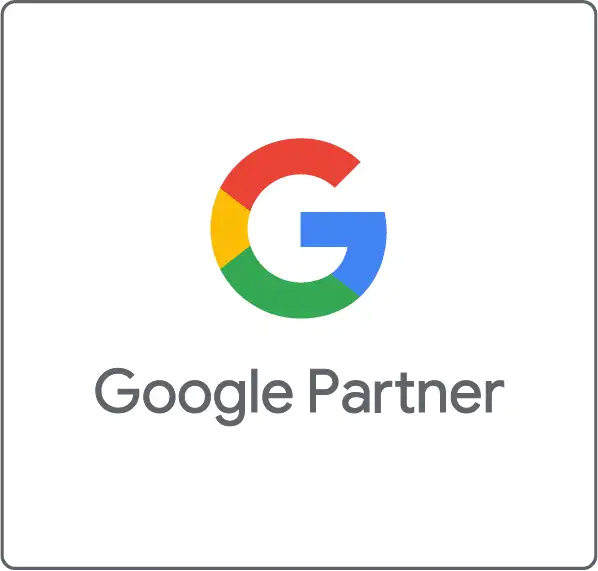So while "programmatic" is a loaded baked potato of a word, there are many advantages of programmatic advertising. It's got everything, and because it's so complicated, a lot of people don't use it and don't think about the ways to leverage it for their business.
Programmatic advertising constitutes 47% of all digital advertising opportunities. Programmatic advertising is the way to deliver ads on your favorite news and sports and blog sites and apps. So local and national news websites, for example. In other words, all the websites that are ad supported. These websites can be broad, niche, or narrow. They can even be trade publications.
In addition to being this open web inventory, programmatic advertising also includes connected television (CTV) -- so ads on Roku, Hulu, Pluto and Tubi -- digital audio, Pandora, Spotify, podcasts, and digital out of home (DOOH). It also includes ads on malls and taxis, at gas stations, on the video screen at the office, on the video screen after the gym. All of these are delivered by a robust ecosystem of providers that allows the advertiser to reach people in all these different channels. So instead of calling it "programmatic," you might hear us talk about "the open web" or just "digital advertising." And when you think about that other 53% of inventory of ad spending, the vast majority of that is going to go to Google and Meta. The rest of that 53% is going to go to paid email marketing, SMS marketing, affiliate marketing, and a smaller set of publications and sites, like Reddit and Twitter, which attract relatively little spend in the larger advertising ecosystem.






